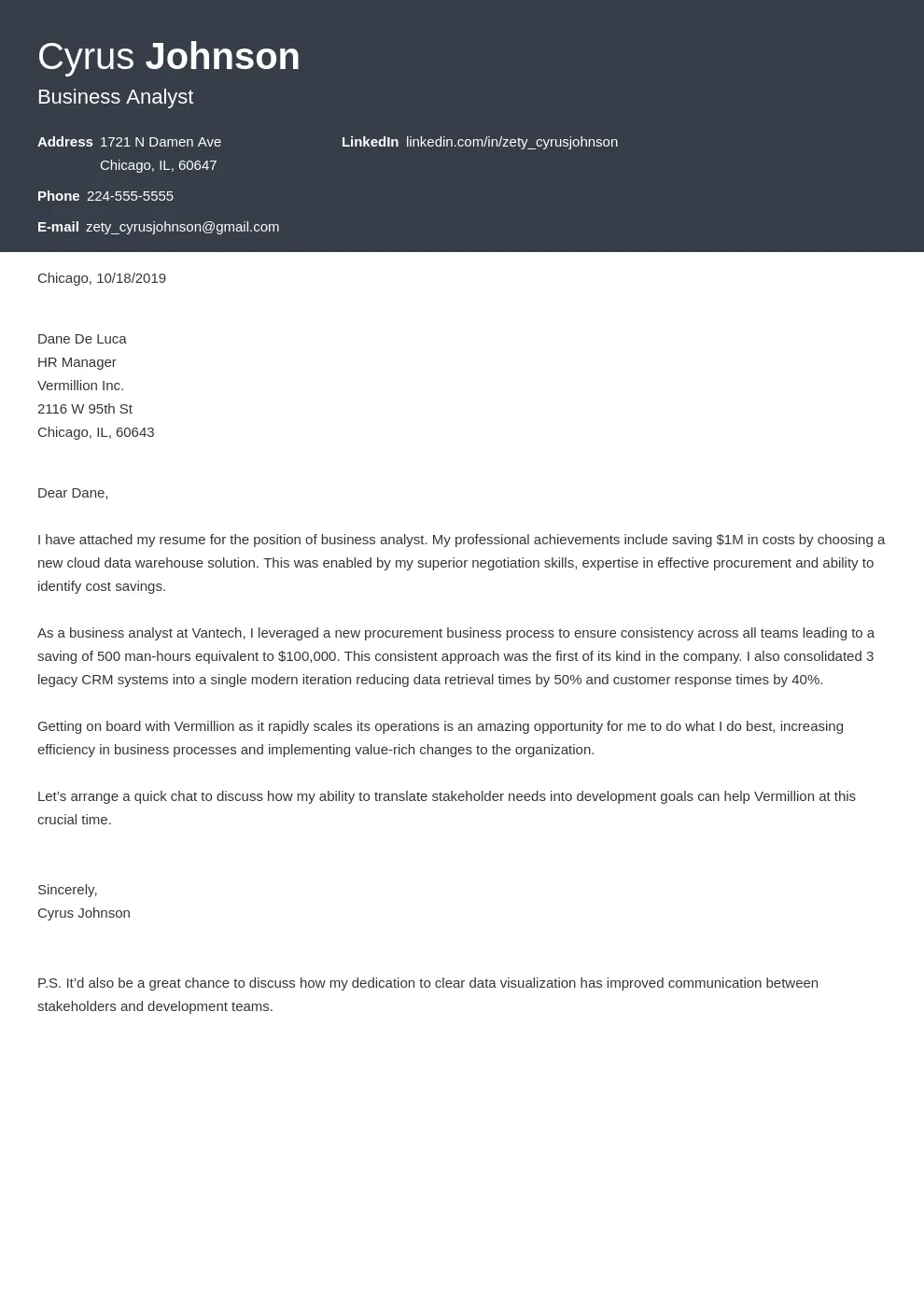Understanding the Power of a Cover Letter
In today’s competitive job market, a well-written cover letter is much more than just a formality—it’s your initial opportunity to create a strong and positive impression on potential employers. A powerful cover letter lets you go beyond the details of your resume, providing a platform to showcase your personality, enthusiasm, and the unique value you bring to the role. It provides a chance to connect with the hiring manager on a personal level, demonstrating precisely why you are the perfect fit for the position and highlighting your genuine interest in the company and the specific job. A compelling cover letter can significantly increase your chances of getting noticed and securing an interview.
Why is a Cover Letter Important?
A cover letter serves as a critical introduction, giving you the opportunity to explain your interest in the specific position and the company. It’s a perfect chance to connect your skills and experiences directly to the job requirements, showcasing that you’ve taken the time to understand the role and are genuinely interested in it. Without a cover letter, you’re missing a significant opportunity to differentiate yourself from other applicants. It’s your voice, allowing you to tell your story and provide the employer with a detailed account of your capabilities, career goals, and the value you can offer. It is a vital tool that provides context to your resume, adding depth to your application and helping you to stand out.
What Information Should Be Included?
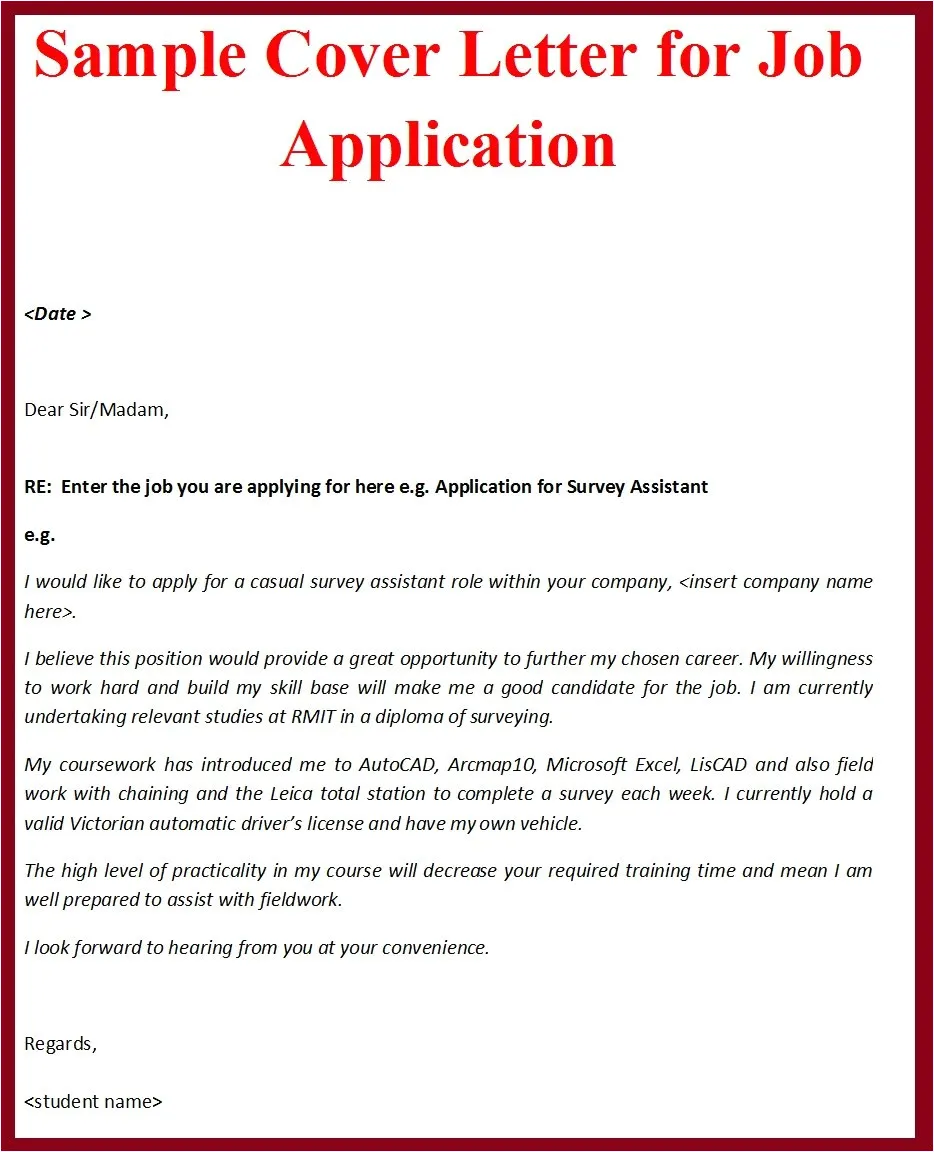
A comprehensive cover letter should always include your contact information, the date, and the recipient’s details. In addition, a concise and compelling opening paragraph is essential to immediately capture the reader’s attention. Key qualifications and skills that match the job description should be highlighted, supported by specific examples to substantiate your claims. A compelling closing paragraph should express gratitude for the opportunity and provide clear instructions for contacting you. Thorough proofreading and editing are essential before submission. Remember, a well-structured cover letter tailored to each job application significantly increases your chances of success. Proper formatting is essential.
Key Components of a Winning Cover Letter
Contact Information and Date
Begin with your contact information at the top. Include your full name, phone number, email address, and links to your professional online profiles, such as LinkedIn or a personal website. Below your contact details, include the current date. This ensures the recipient knows how to reach you and that the letter is current. Clear and easily accessible contact information allows the hiring manager to quickly reach out to you and begin the communication process. Presenting your information clearly also makes you look organized.
Applicant’s Name and Contact Details
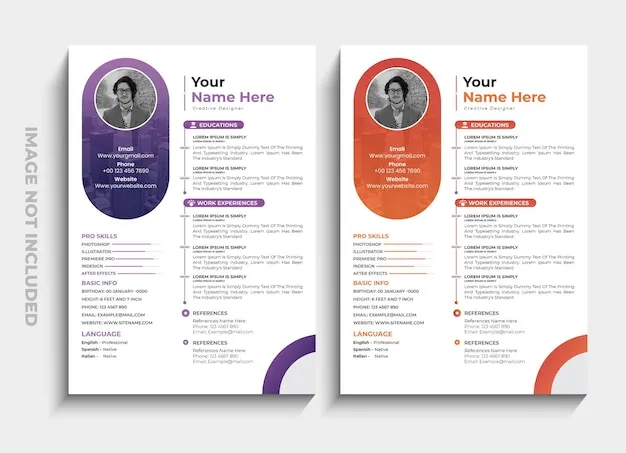
Always start your cover letter by including your full name at the top, as this is crucial for identification. Then, provide your direct contact details, such as your phone number, email address, and links to your professional online presence, such as a portfolio or LinkedIn profile. This section needs to be easily accessible and provides the recipient with immediate access to your information. This helps in easy communication and ensures the recruiter can contact you easily.
Recipient’s Information
Following your details, properly address the recipient. This includes the hiring manager’s name, their title, and the company’s complete address. Researching the correct individual to address can significantly improve your application’s impact. If you can’t find a specific name, use the title of the position, such as Hiring Manager. Avoid generic greetings such as ‘To Whom It May Concern,’ as it demonstrates your attention to detail and your willingness to go the extra mile in your application process. Personalizing your letter demonstrates your initiative.
Opening Paragraph Crafting a Strong Start
The opening paragraph is your first and often only, opportunity to captivate the reader and draw them into the rest of your cover letter. Make it compelling, clear, and concise. Begin by clearly stating the position you’re applying for and explicitly mentioning where you found the job posting. Immediately express your enthusiasm for the role and the company. Show genuine interest and link your key skills or relevant experiences directly to the requirements of the job. A strong opening paragraph should immediately convey your enthusiasm and understanding of the job.
How to Hook the Reader
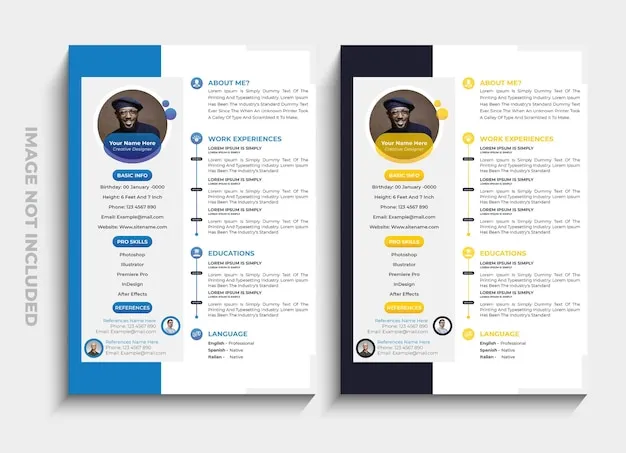
To effectively hook the reader, start with a strong, attention-grabbing sentence. Rather than just restating your interest, try a statement that reflects your understanding of the company’s specific needs or the inherent challenges of the role. You might highlight a specific achievement or skill that aligns directly with the job’s requirements. Briefly mention a mutual connection or a project you admire that the company has successfully completed. Use an interesting anecdote or a question to grab the reader’s attention from the outset.
Highlighting Your Qualifications and Skills
The body of your cover letter is where you demonstrate why you are the perfect fit. It should highlight your key qualifications and skills. Support your claims with specific examples to illustrate your capabilities. Focus on how your past experiences align with the job requirements and emphasize the unique value you can bring to the company. Don’t just list your responsibilities; instead, showcase how you’ve made a tangible impact in previous roles. Present concrete evidence of your abilities.
Tailoring Your Letter to the Job Description
Carefully review the job description and meticulously identify the key requirements. Customize your cover letter to address each of these requirements directly. Use the same keywords and phrases that are found in the job posting to demonstrate that you have carefully read and understood the role. Provide clear and relevant examples of how you’ve met similar challenges or achieved similar goals in your past experiences, showing that you can deliver the results the company seeks. Customize your letter to each specific application.
Quantifying Your Achievements
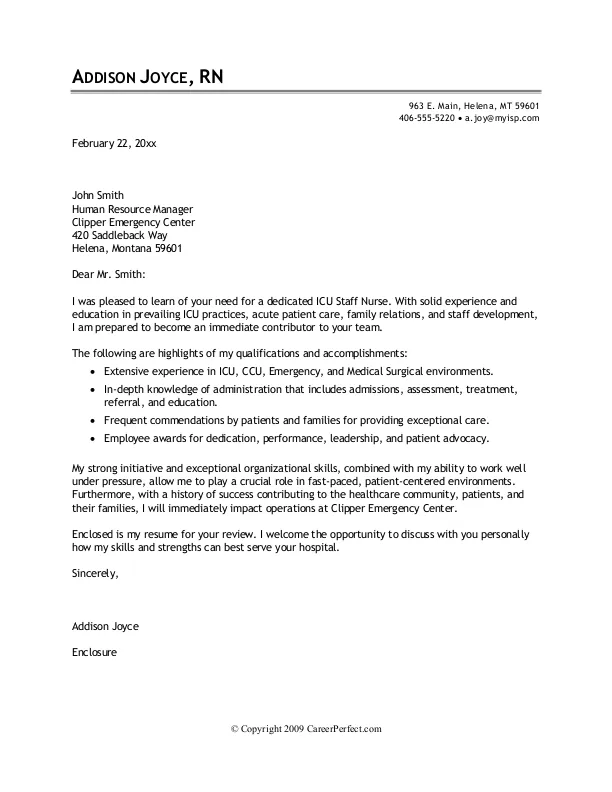
Whenever possible, quantify your achievements. Instead of stating you ‘improved customer service,’ say you ‘increased customer satisfaction scores by 15%.’ Using numbers, statistics, and data provides concrete evidence of your abilities and makes your claims more credible. This quantifiable approach reinforces your capabilities and significantly increases your chances of being selected for an interview. Numbers provide concrete evidence of success.
Showcasing Your Personality and Enthusiasm
While maintaining a professional tone is important, don’t hesitate to let your personality shine through. Infuse your cover letter with enthusiasm and genuine interest in the role and the company. Employ a tone that reflects your personality. This is your chance to show that you’re not just qualified, but also a great fit for the company culture. Letting your personality shine helps you stand out from other applicants and be more memorable. This shows that you can fit in with the company culture.
Writing a Compelling Closing
Your closing paragraph should conclude your letter, leaving a strong and memorable impression. Reiterate your interest in the position and the company. Reiterate how your skills and experiences align with the job requirements and the company’s goals. Your closing remark can be a defining element. It’s your last chance to leave a lasting positive impression on the hiring manager. Make sure your closing paragraph is strong.
Expressing Gratitude and Next Steps
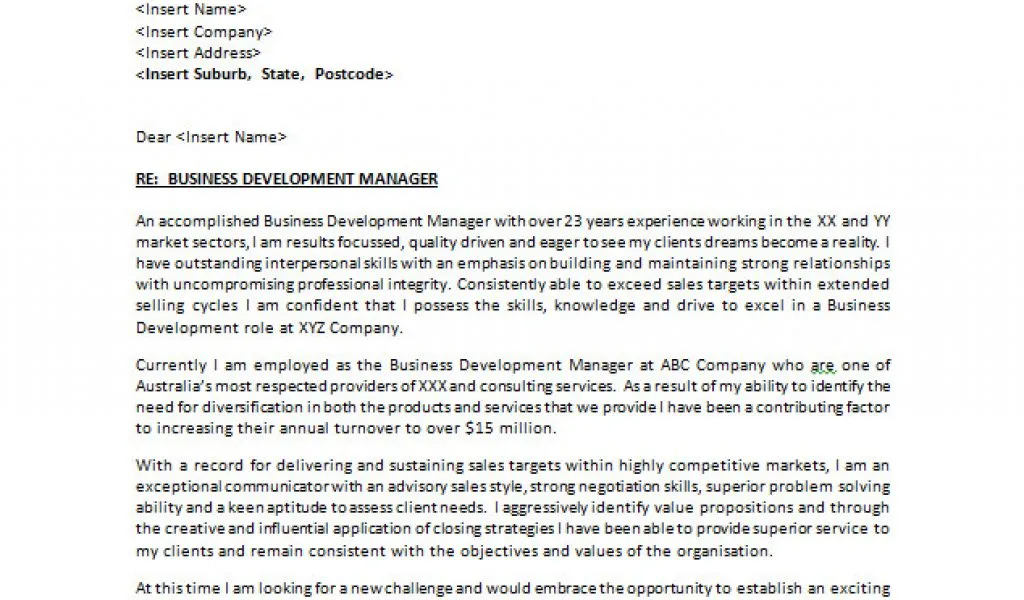
Express your gratitude for their time and consideration. Provide a clear call to action, such as stating that you look forward to hearing from them soon. Reiterate your contact information for easy access. Close with a professional sign-off, such as ‘Sincerely’ or ‘Best regards,’ followed by your full name. Make sure the hiring manager knows how to reach you.
Formatting and Design for Readability
The layout and design of your cover letter are essential for readability and visual appeal. A well-formatted letter conveys professionalism and is easier for the reader to engage with. A thoughtful design can make your letter more interesting and easier to absorb, ensuring your cover letter is visually appealing. Proper formatting helps the hiring manager.
Font and Style Choices
Choose a professional and easily readable font, such as Times New Roman, Arial, or Calibri. Use a font size between 10 and 12 points for the body text. Employ bold or italics sparingly to emphasize key points. Consistent font choices create a polished and professional appearance, conveying attention to detail. A readable font is essential for ease of reading.
Proper Spacing and Layout
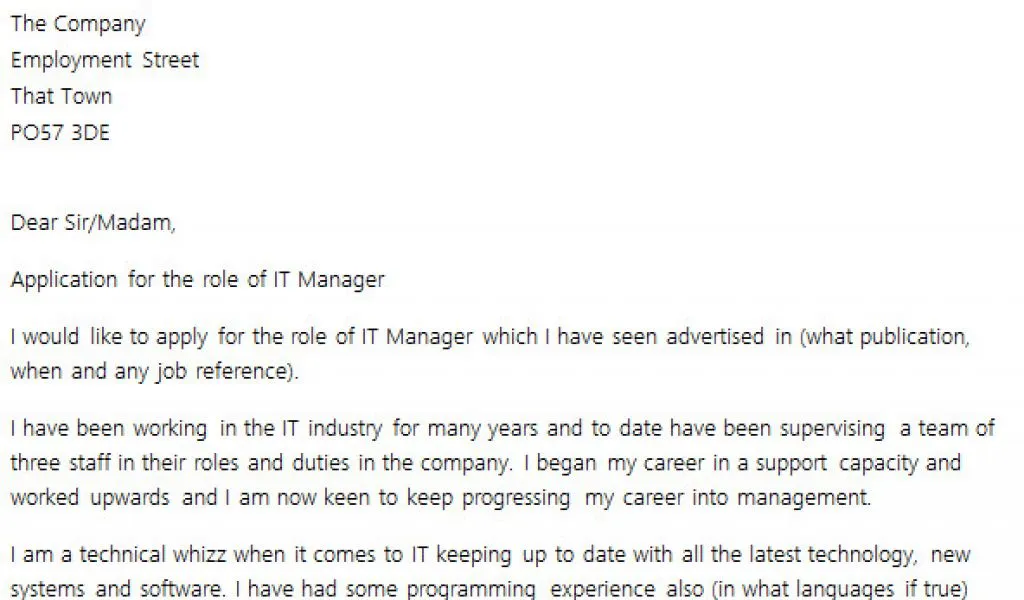
Use single-spaced lines with a blank line between each paragraph. This helps create visual breaks and makes the letter easier to scan. Maintain consistent margins, typically 1 inch on all sides of the page. Left-align the text, as this is the most common and readable format. A well-spaced layout significantly enhances the visual appeal and readability of your cover letter, making it easier for the hiring manager to quickly review your qualifications and experiences. Good layout is critical.
Proofreading and Editing Your Cover Letter
Proofreading and editing are crucial steps to ensure your cover letter is free of errors and presents a polished image. Errors can detract from your message and reflect poorly on your professionalism. Take the time to carefully review your work, as a few errors can be detrimental. Make sure your cover letter is ready for the hiring manager. Proofreading is critical for credibility.
Checking for Grammatical Errors
Carefully check for grammatical errors, spelling mistakes, and punctuation issues. Read your letter aloud to catch any awkward phrasing or sentences. Consider having a second person review your letter; they may catch errors that you have missed. Grammar mistakes can make you appear unreliable and may result in a negative impression. Proper grammar is critical to your application.
Ensuring Clarity and Conciseness
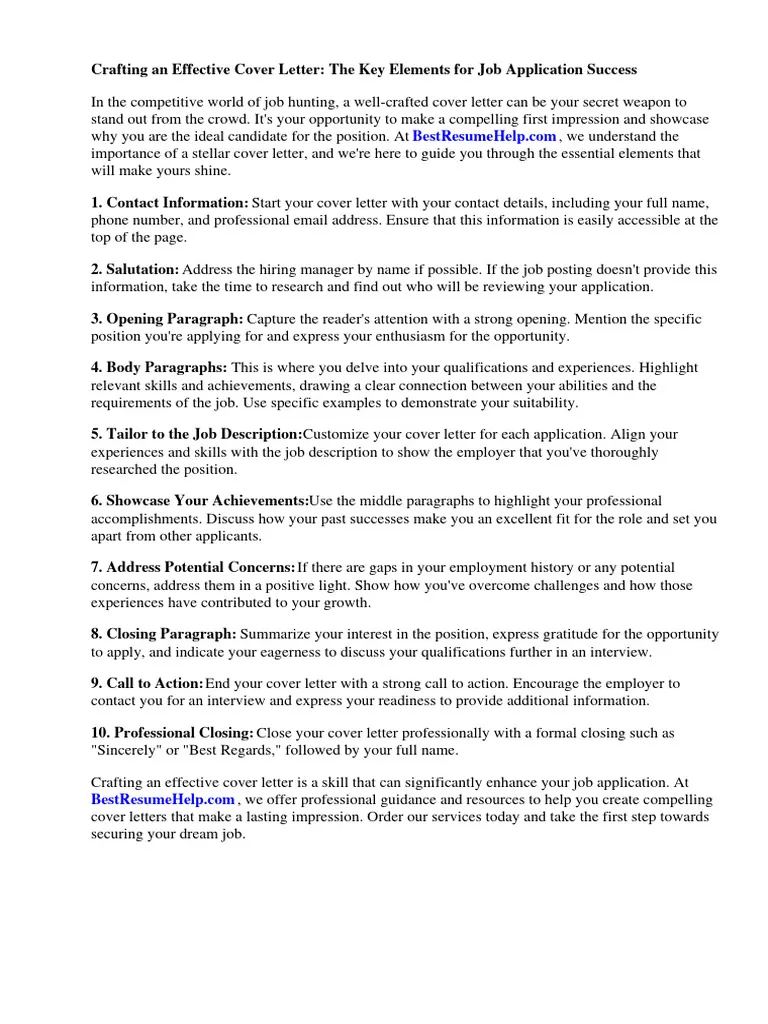
Ensure your cover letter is clear, concise, and gets straight to the point. Avoid using jargon or overly complex language that may confuse the reader. Keep your sentences and paragraphs relatively brief, as this will help the reader easily understand your key points. Remove any unnecessary information and ensure that every word serves a specific purpose in conveying your message. The goal is clear and effective communication and showcasing your qualifications.
Tools and Resources for Cover Letter Writing
There are numerous tools and resources available to assist you in crafting a compelling cover letter. Take advantage of these to ensure that your letter is as polished and effective as possible. Employing these tools can produce a great cover letter and enhance your job search. Use tools to help perfect the letter.
Online Templates and Examples
Use online cover letter templates and examples as starting points for your writing process. Numerous websites and career resource platforms offer a wide variety of templates tailored to different fields and job types. Select a template that suits your specific industry and modify it to reflect your own unique skills and experiences. These resources can guide you in structuring your letter and provide inspiration by showcasing what constitutes a highly effective cover letter. However, always tailor these templates to suit your unique circumstances.
Utilizing Grammar Checkers and Editors
Utilize grammar checkers and editing tools to meticulously proofread your cover letter. Tools like Grammarly or the built-in spell-checker in your word processor can help to identify and correct errors, catching mistakes that you might otherwise overlook. Make sure you review the letter thoroughly, even after using these tools. After utilizing these helpful resources, you’ll be left with a perfectly crafted cover letter. Don’t rely entirely on the tools; always proofread.
